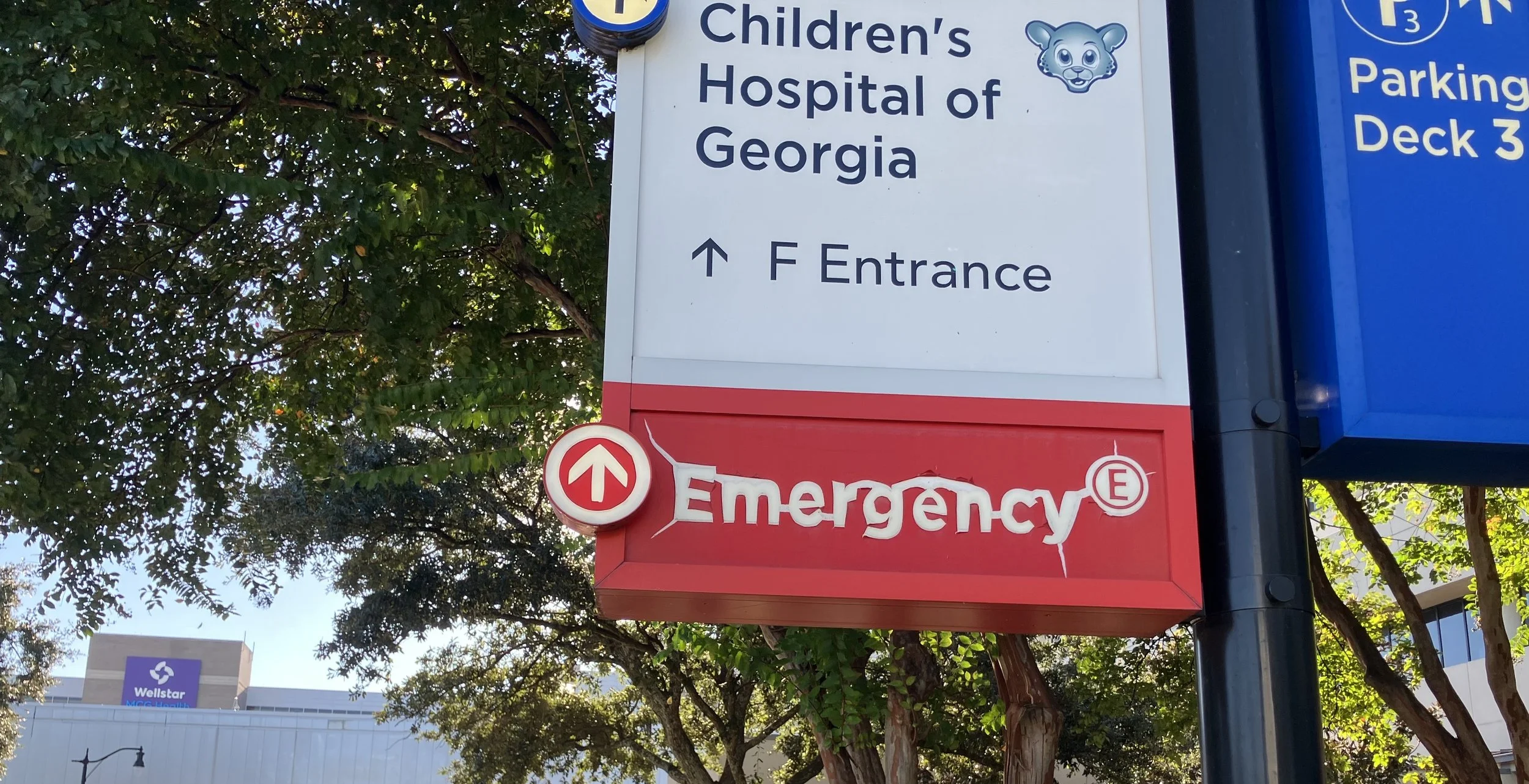At the bedside: Fourth year in the emergency department
Paw Prints of a Graduate Student
By Puja Punukollu | Columnist
By the time you hit fourth year of medical school, something shifts. You still feel the nerves when walking into a new rotation, but they fade faster. You’ve been in the hospital long enough to recognize the rhythm, even if every department has its quirks.
This month I’m on Emergency Medicine (EM), and what stands out most is how much more comfortable I feel compared to just a year ago.
The schedule itself sets EM apart. Instead of an unsure routine between the hours of 6 a.m.-6 p.m., worrying about when your resident or attending will dismiss you, our days are built around eight- to nine-hour shifts. Some start before the sun rises, and others end well after it’s gone down. The hours can feel irregular, but the variety keeps it interesting. I was mainly on the pediatric side, with intermittent shifts on the adult side. The pace can swing wildly, sometimes quiet enough to catch your breath, and other times the whole department moves in overdrive. Chest pain, shortness of breath, fevers, and abdominal pain make up the backbone of the patient list but scattered in between are the one-off cases that stand out. A broken wrist from a fall off the monkey bars. A toddler with a swallowed coin. A teenager with new-onset seizures.
The biggest change this year is that I actually feel useful. As a third year, every note took forever, and every presentation felt like a performance. Now, I can pick up a patient, talk with them, do an exam, and put my thoughts together without too much second-guessing. My notes are cleaner and faster, my presentations smoother, and I don’t feel like I’m slowing down the team as much. I still ask for guidance all the time, that’s the job, but at least now I can keep pace.
EM also builds in a weekly half-day for teaching. Those afternoons are a welcome reset: a mix of case discussions, simulations, and small-group learning. It’s a nice balance to the chaos of clinical work, though it’s also a reminder that studying never really stops. Hanging over the rotation is the shelf exam at the end (the last one of my medical school career), so evenings and off-days usually involve a mix of question banks and review, squeezed between rest and catching up on life.
The lifestyle of EM has its quirks. Shift work means you might get a random Tuesday morning free, but it also means walking home at odd hours when the rest of campus is asleep. Meals happen whenever there’s time, and coffee continues to feel more like a necessity.
What stands out most, though, is the teamwork. The emergency department is a constant flow of collaboration: physicians, residents, nurses, techs, respiratory therapists, social workers. As a student, I get a small piece of that rhythm. Sometimes it’s presenting a case, other times it’s talking with a worried parent while waiting for results. The roles are small, but they matter, and it’s clear that the ED only works because everyone is pulling together.
What I like about EM is how much ground it covers. In one shift you see problems that, in other rotations, would be spread out over weeks. It’s not about becoming an expert in one narrow skill, it’s about learning to adapt quickly, think on your feet, and balance efficiency with empathy. Even though I’m not going into EM as a career, the lessons carry over.
So what does daily life on EM look like as a fourth-year? It’s busy, varied, and a little unpredictable. You learn to manage the shift schedule, balance patient care with studying, and recognize just how much you’ve grown over the years. It’s not glamorous, but it’s steady progress, the kind that quietly builds confidence. Regardless of if you are in medical school or a different program, that final year really is about taking everything you’ve practiced so far and starting to feel comfortable using it, even if you’re still just a med student, figuring it out one shift and one patient at a time.
Contact Puja Punukollu at mpunukollu@augusta.edu.
Puja Punukollu, the president of SGA for graduate students, has rotated to the Emergency Department in her latest rotation as a medical student at MCG. (Bell Ringer staff photos)




